Optimal Timing for Furniture Repairs
Furniture repairs are most effective when scheduled during periods of low household activity to allow for proper drying, curing, and minimal disruption. Seasonal considerations, such as avoiding extreme temperatures and high humidity, can influence the success and longevity of repairs. Planning repairs during mild weather ensures optimal conditions for finishes and adhesives.
Warmer months provide ideal conditions for furniture refinishing and repairs due to higher temperatures and lower humidity levels.
Cold and damp conditions can hinder drying times and affect the adhesion of repair materials.
Scheduling repairs after holiday seasons can prevent delays caused by increased household activity and availability of repair services.
Completing repairs before events or gatherings ensures furniture looks its best and avoids last-minute issues.
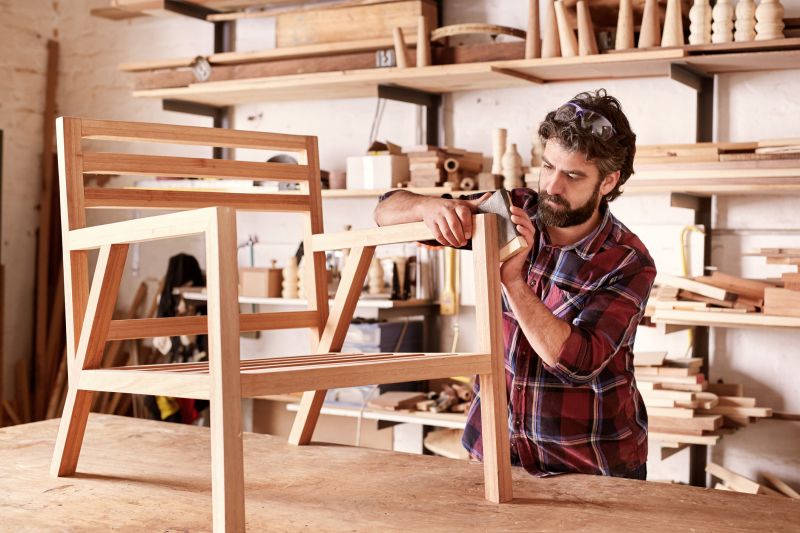
A professional refinishing process underway in a well-lit workshop.
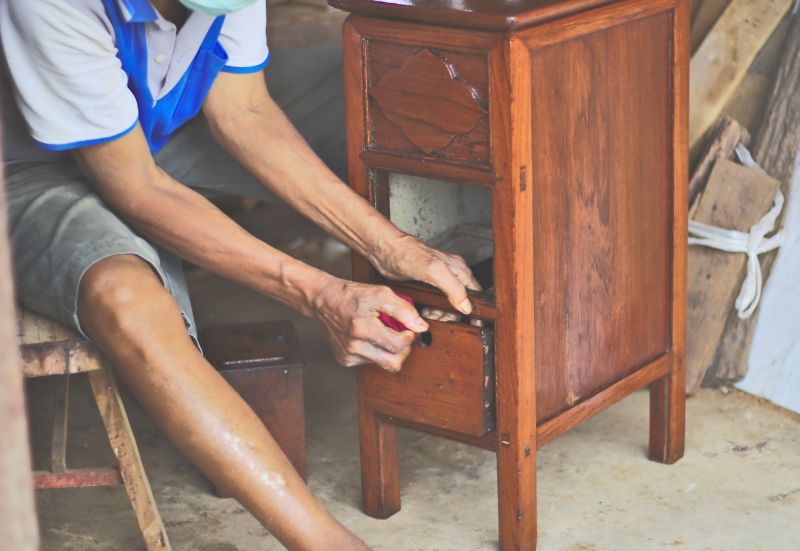
Close-up of cracked wood and repair materials in a cold environment.
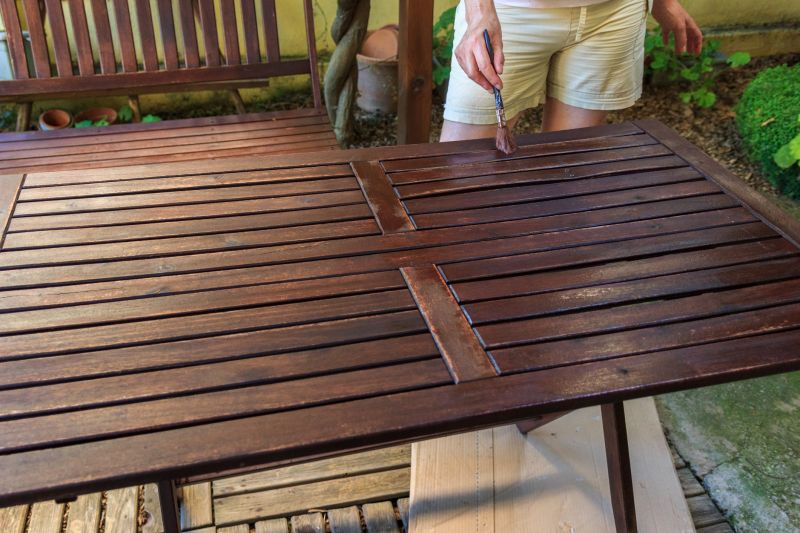
Polishing and finishing of furniture outdoors in warm weather.
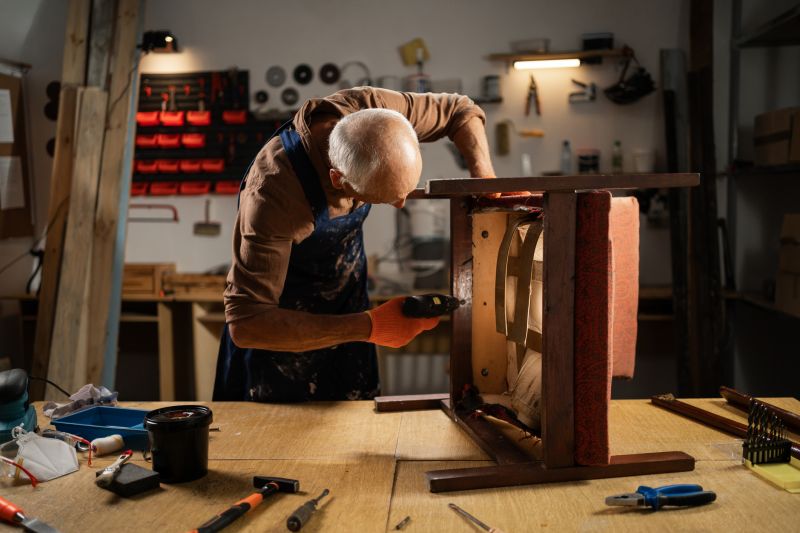
Ways to make Furniture Repairs work in tight or awkward layouts.

Popular materials for Furniture Repairs and why they hold up over time.

Simple add-ons that improve Furniture Repairs without blowing the budget.
Furniture repairs encompass a wide range of services aimed at restoring and maintaining the appearance and functionality of furniture pieces. Common repairs include fixing scratches, cracks, and structural damage, as well as refinishing surfaces and replacing hardware. Proper timing of repairs can extend the lifespan of furniture, improve aesthetics, and prevent further deterioration. Statistics indicate that timely repairs can increase furniture lifespan by up to 30%, reducing the need for replacement and saving costs.
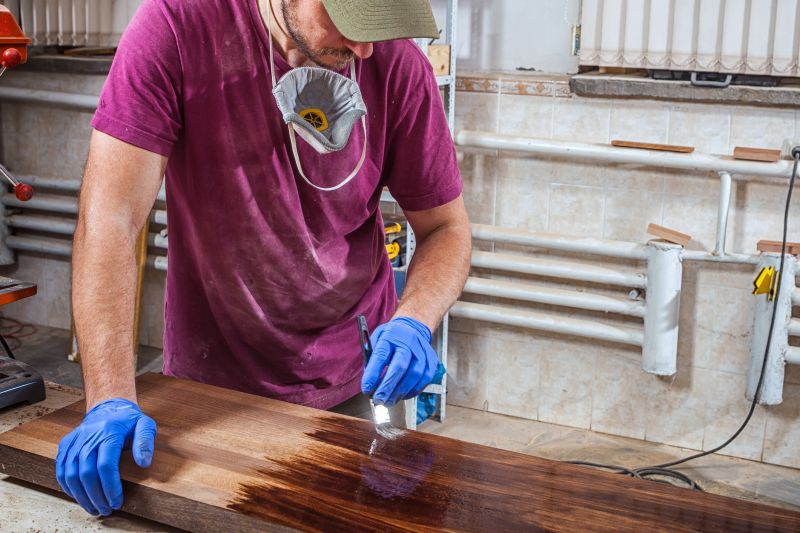
A technician applying a new finish to a wooden table.

Reinforcing a broken leg on a vintage chair.
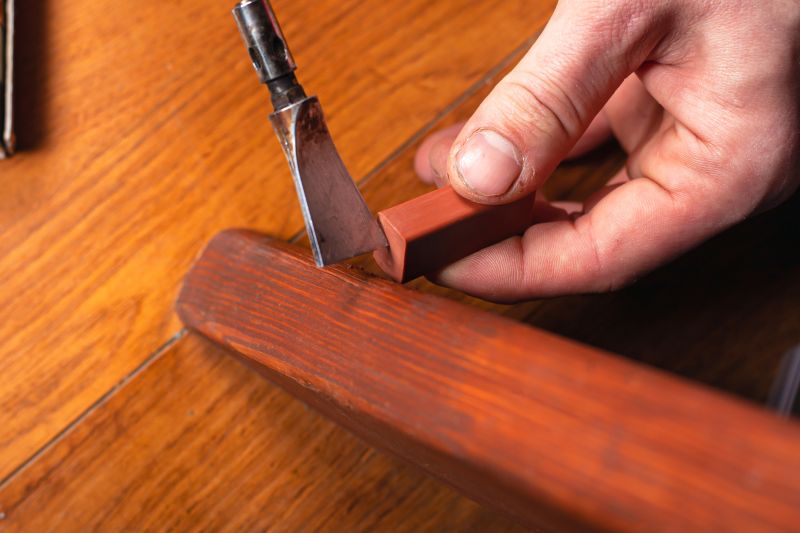
Filling and sanding a scratched surface.
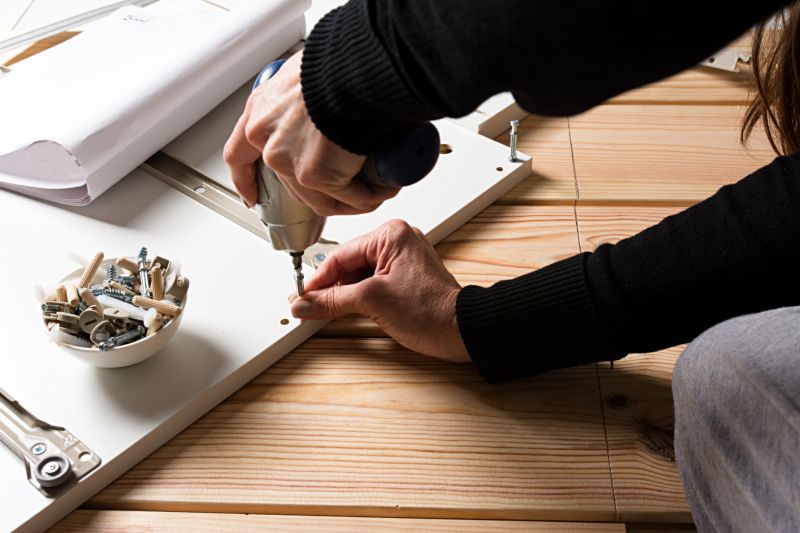
Installing new handles on a cabinet.
| Optimal Repair Timing | Key Considerations |
|---|---|
| Spring and Summer | Warm temperatures and low humidity facilitate drying and finishing processes. |
| Post-Holiday Season | Less household activity allows for uninterrupted repairs. |
| Before Major Events | Ensures furniture is presentable for gatherings. |
| During Low-Usage Periods | Repairs can cure without disturbance. |
| Avoid Winter Months | Cold and damp conditions can delay repairs and affect results. |
| Late Fall | Transition period with moderate weather, suitable for certain repairs. |
| Pre-Seasonal Changes | Preparing furniture ahead of seasonal shifts can prevent damage. |
| When Furniture Shows Signs of Damage | Immediate repairs prevent further deterioration. |
Choosing the right time for furniture repairs can significantly impact the quality and durability of the results. Proper environmental conditions, household activity levels, and seasonal weather patterns should be considered to ensure optimal outcomes. Regular maintenance and timely repairs not only preserve the appearance of furniture but also enhance its structural integrity, extending its usable life.
Interested in scheduling furniture repairs? Filling out the contact form can facilitate planning and ensure the repairs are completed at the most suitable time for durability and appearance.



